Samsung Galaxy Price In Nigeria
Lee Byung-chul established Samsung as a trading firm in 1938. Over the next three decades, the corporation expanded into industries such as food manufacturing, textiles, insurance, securities, and retail.
In the late 1960s, Samsung joined the electronics industry, and in the mid-1970s, it entered the construction and shipbuilding industries, which would fuel its subsequent growth.
Samsung was divided into five corporate groups following Lee’s death in 1987: Samsung Group, Shinsegae Group, CJ Group and Hansol Group, and JoongAng Group. Notable Samsung industrial affiliates include Samsung Electronics (the world’s biggest information technology business, consumer electronics manufacturer, and chipmaker by revenue in 2017), and Samsung Microelectronics.
Samsung Heavy Industries (the world’s second largest shipbuilder by revenue in 2010), and Samsung Engineering and Samsung C&T Corporation (the world’s 13th and 36th largest construction firms, respectively). Other notable subsidiaries include Samsung Life Insurance (the world’s 14th largest life insurance company), Samsung Everland (the operator of Everland Resort, South Korea’s oldest theme park), and Cheil Worldwide (the world’s 15th largest advertising agency, according to 2012 revenues).
As of April 2011, the Samsung Group included 59 unlisted and 19 listed businesses, all of which were listed on the Korea Exchange.
Samsung recorded consolidated revenues of 220 trillion KRW ($172.5 billion) in FY 2009. In fiscal year 2010, Samsung reported combined revenues of 280 trillion KRW ($258 billion) and profits of 30 trillion KRW ($27.6 billion) based on a KRW-USD exchange rate of 1,084.5 KRW per USD on August 19, 2011.[57] These figures exclude revenue from Samsung’s subsidiaries located outside of South Korea.
Samsung Electronics is the flagship business of the Samsung Group and a multinational electronics and information technology company based in Suwon. Air conditioners, computers, digital television sets, active-matrix organic light-emitting diodes (AMOLEDs), mobile phones, display monitors, computer printers, refrigerators, semiconductors, and telecommunications networking devices are among the company’s goods.
In the first quarter of 2012, it was the world’s biggest mobile phone manufacturer by unit sales, with a global market share of 25.4%. It was also the world’s second-largest semiconductor manufacturer in terms of income in 2011. (after Intel).
Several DRAM microchip makers conspired to fix prices in Canada in 1999, including Samsung. In 2002, the price fix was examined. A recession began that year, and the price fix stopped; however, in 2014, the Canadian government reopened the case and quietly investigated.
During a class action lawsuit hearing, sufficient evidence was discovered and submitted to Samsung and two other manufacturers. The companies reached a deal worth $120 million, with $40 million paid as a fine and $80 million paid back to Canadians who bought a computer, printer, MP3 player, gaming console, or camera between April 1999 and June 2002.
In Australia, the competition and consumer commission penalized Samsung AU$14 million in 2022. The fine was imposed in response to misleading water resistance promises made by over 3.1 million smartphones.
According to the commission, the business advertised its Galaxy S7, S7 Edge, A5, A7, S8, S8 Plus, and Note 8 devices as being water resistant from 2016 to 2018. However, following numerous user complaints about the devices having problems after being submerged in water, such as charger port corrosion. The ACC has formally declared that the fact that these devices have “water resistance” mentioned as a feature is misleading and has imposed the fine.
-
Mobile Phone Price Review In Nigeria
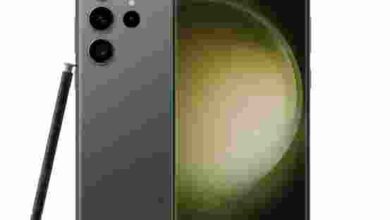
Samsung Galaxy S23 Ultra Price in Nigeria, Futures and Specifications
The most recent model in the S23 series, the Samsung Galaxy S23 Ultra, is the only one in the range…
Read More » -
Mobile Phone Price Review In Nigeria
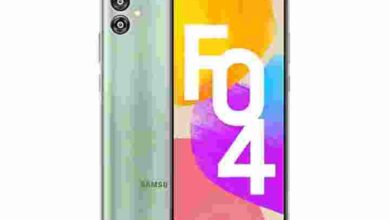
Samsung Galaxy F04 Specifications and Price in Nigeria
A low-cost smartphone called the Samsung Galaxy F04 was introduced in January 2023. A number of features on this svelte…
Read More » -
Mobile Phone Price Review In Nigeria
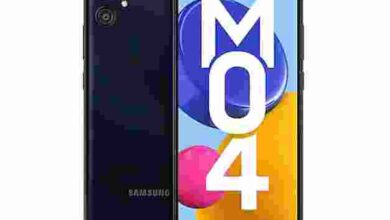
Samsung Galaxy M04 Price in Nigeria and Specifications
The Samsung Galaxy M04 is a cost-effective smartphone with plenty of power. The Galaxy M04 is a fantastic option for…
Read More » -
Mobile Phone Price Review In Nigeria

Samsung Galaxy A04e Specifications, Future and Nigeria
The most recent smartphone in Samsung’s October 2022-launched Galaxy A line is the Galaxy A04e. The Galaxy A04 and Galaxy…
Read More » -
Mobile Phone Price Review In Nigeria
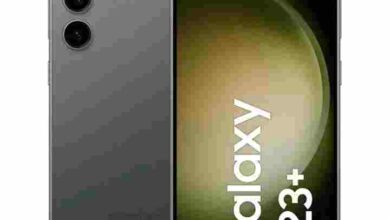
Samsung Galaxy S23 Plus Specifications, Futures and Specifications
One of the newest iterations of Samsung’s well-known Galaxy S line of smartphones is the Galaxy S23 Plus. It is…
Read More » -
Mobile Phone Price Review In Nigeria
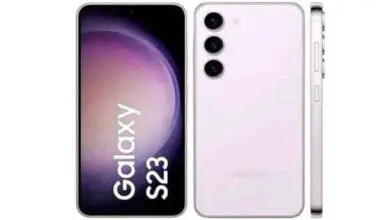
Samsung Galaxy S23 Price In Nigeria, Futures and Specifications
The newest model in the well-liked Samsung Galaxy S premium smartphone line, the Galaxy S23, comes with a number of…
Read More » -
Mobile Phone Price Review In Nigeria
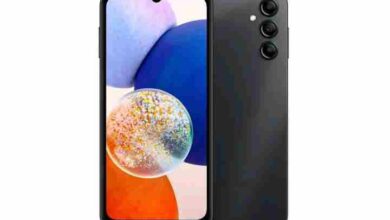
Samsung Galaxy A14 5G Futures, Specifications and Price In Nigeria
Early in 2023, Samsung will introduce the Samsung Galaxy A14 5G. This product is a great option for people looking…
Read More » -
Mobile Phone Price Review In Nigeria
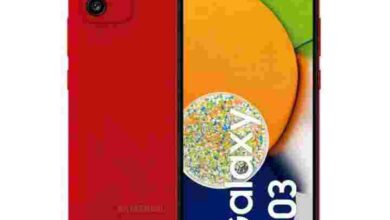
The Samsung Galaxy A03 Futures and Price In Nigeria
The Samsung Galaxy A03 is similar to the Galaxy A03s in many ways, but it has better cameras. If you…
Read More » -
Mobile Phone Price Review In Nigeria
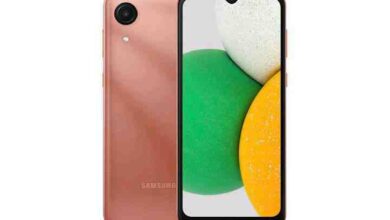
Samsung Galaxy A03 Core Specifications and Price In Nigeria
One of Samsung’s most inexpensive Android smartphones is the Galaxy A03 Core. So, this Samsung phone is something to think…
Read More » -
Mobile Phone Price Review In Nigeria
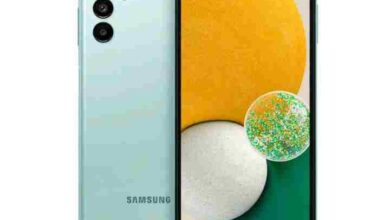
The Samsung Galaxy A13 5G Specifications and Price In Nigeria
The Samsung Galaxy A13 5G is the Galaxy A13’s 5G model. With the exception of 5G support, it has specifications…
Read More »
